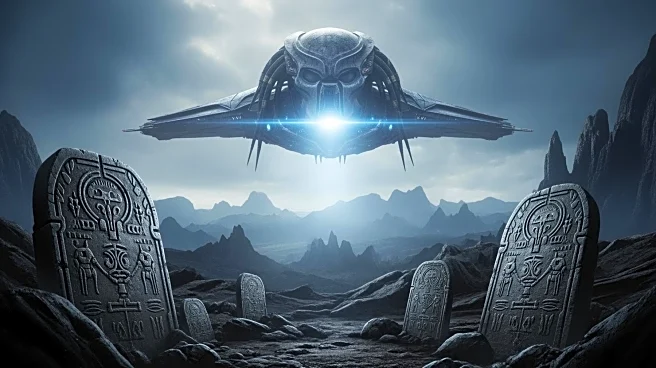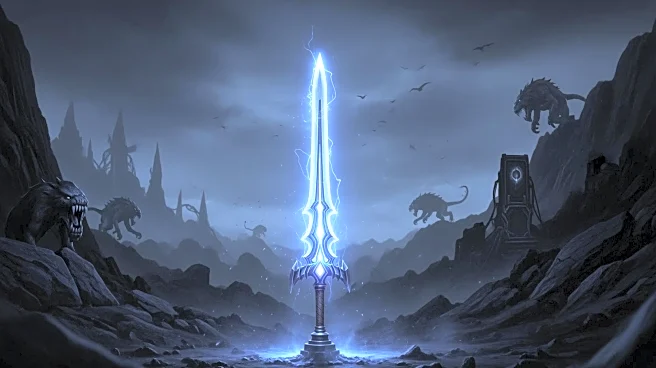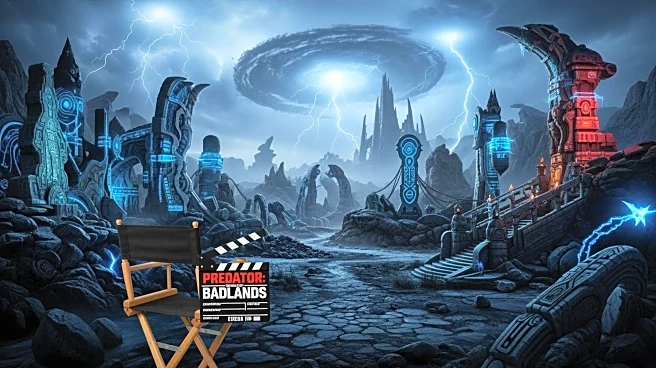What's Happening?
Director Dan Trachtenberg has shared insights into the setting of 'Predator: Badlands,' emphasizing its placement far into the future to avoid overlap with other films in the Alien and Predator franchises.
Trachtenberg explained that while other projects like 'Romulus' and 'Alien Earth' were in development, 'Badlands' was designed to stand alone, allowing viewers to enjoy the film without needing to watch previous installments. The film features Elle Fanning as Thia, a Weyland-Yutani synth from the Alien franchise, but the future setting provides creative freedom without the constraints of existing timelines. Trachtenberg aims to ensure that 'Badlands' does not feel like homework for audiences, allowing them to enjoy the story without needing extensive background knowledge.
Why It's Important?
The decision to set 'Predator: Badlands' in the future reflects a strategic move to maintain creative independence within the franchise. By avoiding direct connections to previous films, Trachtenberg ensures accessibility for new audiences while preserving the integrity of the story. This approach could influence future franchise films, encouraging directors to explore unique narratives without being bound by existing lore. The film's release may also impact the sci-fi horror genre, offering fresh perspectives and potentially attracting a broader audience.
What's Next?
As 'Predator: Badlands' progresses towards its release, fans can expect further details and promotional material to emerge, highlighting the film's unique setting and storyline. The film's reception could influence future projects within the Alien and Predator franchises, potentially leading to more standalone films that prioritize creative storytelling over interconnected universes. Trachtenberg's approach may inspire other filmmakers to adopt similar strategies, fostering innovation and diversity within the genre.
Beyond the Headlines
The development of 'Predator: Badlands' underscores the challenges and opportunities of creating films within established franchises. By prioritizing narrative independence, Trachtenberg navigates the complexities of fan expectations and franchise continuity, highlighting the evolving nature of cinematic storytelling. This approach may prompt discussions about the balance between franchise loyalty and creative freedom, influencing industry practices and audience engagement.











